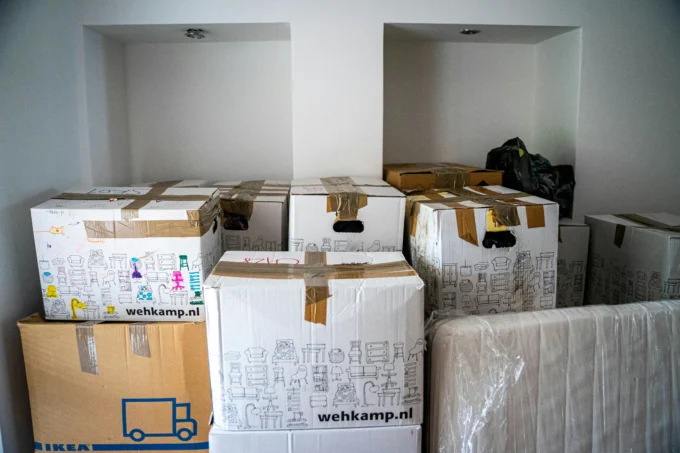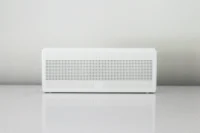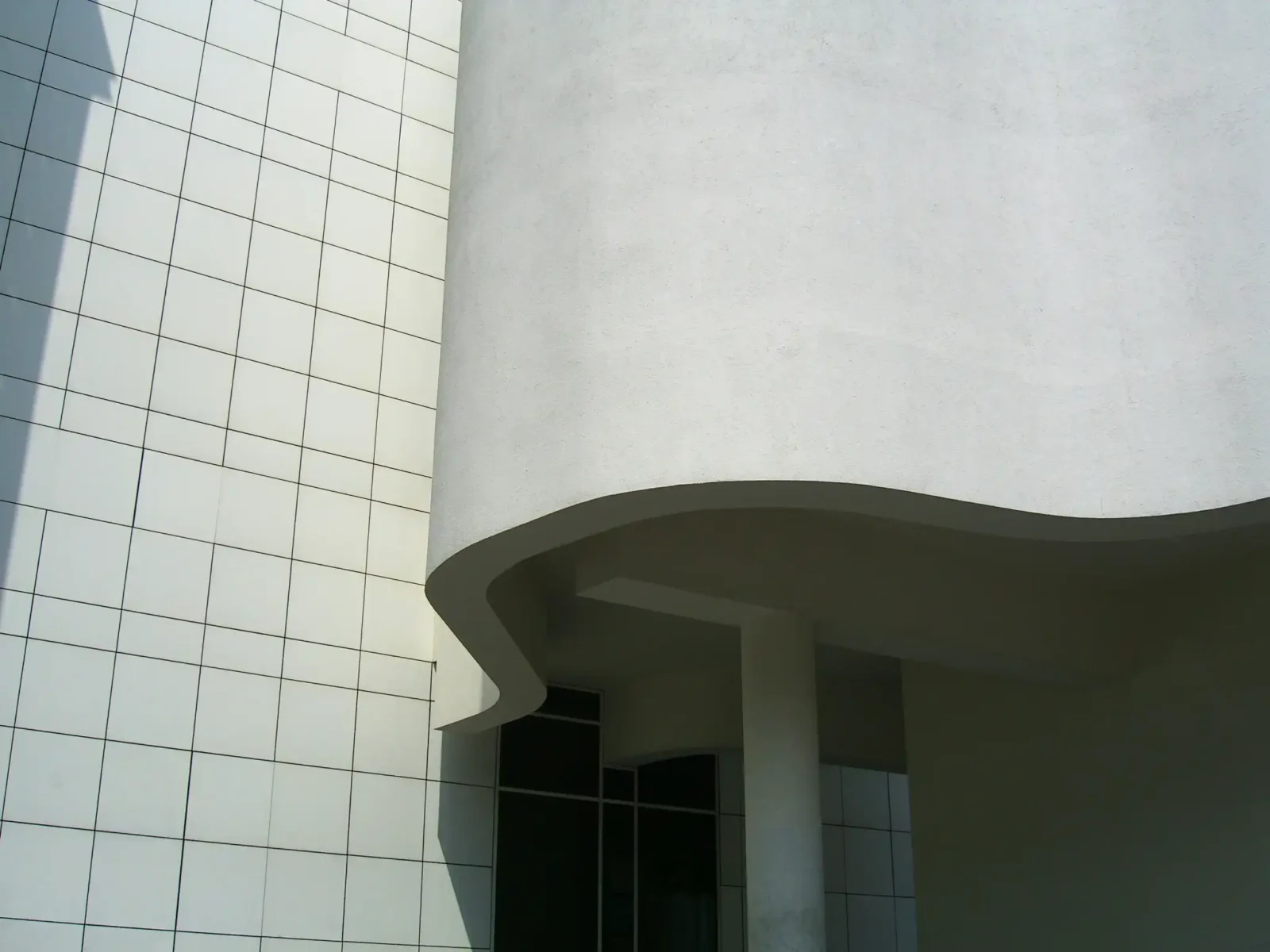- Home
- Articles
- Architectural Portfolio
- Architectral Presentation
- Inspirational Stories
- Architecture News
- Visualization
- BIM Industry
- Facade Design
- Parametric Design
- Career
- Landscape Architecture
- Construction
- Artificial Intelligence
- Sketching
- Design Softwares
- Diagrams
- Writing
- Architectural Tips
- Sustainability
- Courses
- Concept
- Technology
- History & Heritage
- Future of Architecture
- Guides & How-To
- Art & Culture
- Projects
- Interior Design
- Competitions
- Jobs
- Store
- Tools
- More
- Home
- Articles
- Architectural Portfolio
- Architectral Presentation
- Inspirational Stories
- Architecture News
- Visualization
- BIM Industry
- Facade Design
- Parametric Design
- Career
- Landscape Architecture
- Construction
- Artificial Intelligence
- Sketching
- Design Softwares
- Diagrams
- Writing
- Architectural Tips
- Sustainability
- Courses
- Concept
- Technology
- History & Heritage
- Future of Architecture
- Guides & How-To
- Art & Culture
- Projects
- Interior Design
- Competitions
- Jobs
- Store
- Tools
- More
Why 2D Floor Plans Just Don’t Cut It Anymore: Embracing 3D Visualization and VR
Discover why traditional 2D floor plans fall short in today's fast-paced world. Our article explores the shift towards immersive 3D visualizations and cutting-edge technologies like VR and AR that revolutionize how we experience spaces. Understand their limitations and learn how these innovative tools enhance spatial understanding, emotional engagement, and informed decision-making in real estate.

In today’s fast-paced world, our expectations for visualizing spaces have evolved dramatically. Traditional 2D floor plans simply don’t cut it anymore. They may provide basic layouts, but they often leave us struggling to grasp the true potential of a space. As we seek more immersive and interactive experiences, it’s clear that we need to step beyond flat representations.
Imagine walking through a virtual version of your future home or office. With advancements in technology, we can now explore 3D models and virtual reality tours that bring spaces to life. These tools not only enhance our understanding of layouts but also spark creativity and inspiration. It’s time to embrace a new era of design that meets our modern needs and transforms the way we visualize our environments.

Table of Contents
ToggleThe Limitations of 2D Floor Plans
2D floor plans fail to capture the full essence of a space. Their simplistic representation restricts our ability to perceive the depth and intricate dynamics within a given area.

Lack of Depth Perception
Lack of depth perception in 2D floor plans creates challenges in visualizing actual spaces. Dimensions seem flat, making it difficult to gauge ceiling heights, furniture placement, and the relationship between rooms. Without elevation views or 3D perspectives, we may misjudge how light interacts with the environment, limiting our design choices. Recognizing these dimensional constraints highlights the need for more comprehensive visual tools.
Inability to Convey Space Dynamics
Inability to convey space dynamics further diminishes the effectiveness of 2D representations. These plans fail to show how movement flows through a space or how different areas function together. For instance, 2D layouts don’t illustrate the impact of natural light throughout the day or how traffic patterns evolve with various activities. Without comprehensible dynamics, we risk underestimating the potential of spaces, compelling us to adopt technologies that provide a fuller understanding.
The Rise of 3D Visualization
3D visualization has transformed how we perceive and interact with spaces. By using advanced modeling techniques, we can create more realistic and immersive experiences that go beyond traditional methods.

Enhanced Realism
3D visualization delivers a heightened sense of realism. Visually rich representations incorporate textures, colors, and lighting, which reflect real-world conditions. This lifelike approach allows us to envision finishes, materials, and ambiance accurately. With 3D models, we can simulate how natural light alters a space throughout the day, providing crucial insights into the environment. This level of detail fosters a deeper emotional connection to a space, making it easier for us to imagine living or working in it.
Improved Spatial Understanding
3D visualization enhances our spatial understanding significantly. Unlike flat 2D floor plans, 3D models showcase the scale and proportion of rooms, making it easier to grasp dimensions intuitively. We can visualize where furniture fits, how traffic flows, and the relationships between different areas within the space. This clarity drives more informed decisions, resulting in better planning and design outcomes. When we interact with immersive designs, we gain a concrete sense of how a space functions and feels, leading to greater satisfaction with our choices.
Technology Advancements Impacting Floor Plans
Advancements in technology continuously reshape how we visualize and interact with spaces. Tools like virtual reality (VR) and augmented reality (AR) are at the forefront of this transformation, offering innovative solutions that enhance our understanding of environments.

Virtual Reality and Augmented Reality
Virtual reality immerses users in fully interactive, three-dimensional environments. It enables us to explore spaces as if we were physically present, creating an experience that’s more engaging than traditional methods. For instance, VR allows us to walk through a home or commercial space, observing features like lighting and scale in real-time.
Augmented reality enhances our current environments by overlaying digital images onto the physical world. We can visualize furniture or décor in our own spaces using AR applications on mobile devices. This fusion of real and virtual elements helps us make more informed design choices, reducing the likelihood of costly errors in decision-making.
Interactive Design Tools
Interactive design tools revolutionize how we create and modify floor plans. Platforms like SketchUp and Revit enable us to draft, edit, and visualize designs in real-time. These tools simplify the design process, allowing for immediate alterations based on our preferences.
Sourcing these tools enhances collaboration among architects, designers, and clients. We can share design iterations instantaneously, refine layouts, and incorporate feedback quickly. This efficient communication fosters a responsive design environment, ensuring the final outcome reflects our collective vision accurately.
User Experience and Decision Making
Today’s homebuyers and renters demand immersive experiences that traditional 2D floor plans can’t provide. We find that this shift in expectations significantly impacts decision-making processes in real estate and design.

Homebuyers’ Preferences
Homebuyers increasingly prefer interactive and intuitive visualizations over static 2D plans. We see that buyers often rely on detailed 3D models and virtual tours to explore properties. This preference reflects the need for realistic representations. A recent survey indicated that 70% of homebuyers prioritize virtual tours when searching for new homes. Interactive models allow us to better comprehend spaces, dimensions, and layouts, enhancing the overall buying experience.
Real Estate Marketing Effectiveness
Real estate marketing has evolved alongside these consumer preferences, making engagement critical. We recognize that incorporating 3D visualizations, augmented reality features, and virtual staging increases property appeal. Listings with 3D tours attract up to 40% more inquiries compared to traditional listings. Enhanced visual marketing tools allow potential buyers to connect emotionally with properties, paving the way for quicker sales. By utilizing these immersive tools, realtors can effectively showcase property potential, leading to informed decisions and increased buyer satisfaction.
Conclusion
We recognize that 2D floor plans lack the depth and detail necessary to meet modern expectations for visualizing spaces. The simplistic nature of these plans fails to convey essential elements like dimension, light interaction, and movement dynamics within an environment. This limitation can obscure the potential functionality and emotional connection to a space.
We embrace 3D visualization as a transformative solution, offering heightened realism through rich, immersive experiences. With 3D models, we see how textures, colors, and lighting accurately depict real-world conditions, enhancing our spatial understanding and emotional engagement. This technology allows us to visualize furniture placement and traffic flow more effectively, leading to informed design decisions.
We also appreciate the advancements in VR and AR technologies, which provide interactive, engaging experiences that simply aren’t possible with 2D representations. VR immerses us in three-dimensional environments, while AR helps us place furniture and décor within our own spaces, bridging the gap between design concepts and reality.
We note that the real estate industry must adapt to these evolving visual tools, with homebuyers increasingly prioritizing immersive experiences. Statistics confirm that listings with 3D tours draw up to 40% more inquiries, showcasing the tangible benefits of advanced visual marketing strategies. By utilizing these technologies, we enhance the decision-making process for buyers and renters, ensuring satisfaction with their choices in design and space.
- 360-degree property tours
- 3D Design Software
- 3D floor plans
- 3D home design
- 3D house tours
- 3D interior design
- 3D property visualization
- 3D real estate tours
- 3D rendering services
- 3D Visualization
- advanced architectural visualization
- immersive real estate tours
- interactive 3D models
- real estate visualization software
- virtual property walkthroughs
- virtual reality house tours
- virtual reality in real estate
- VR architecture tours
- VR floor plans
- VR real estate technology
Submit your architectural projects
Follow these steps for submission your project. Submission FormLatest Posts
The Ultimate Guide to Fencing in North Dakota: Choosing the Best Fence for Your Property
Watching a chain link fence twist in 70 mph winds near Minot...
Gaudí: Where Architecture Meets Science
Gaudí: Where Architecture Meets Science shows catenary arches, ruled surfaces, and biomimicry...
How Housing Market Forces Shape Architectural Design Today
Architecture never exists in isolation. Buildings rise from a mix of ambition,...
Why Portable Formaldehyde Gas Detectors Matter on Construction Sites
As construction practices shift toward more enclosed and material-intensive environments, the risk...












Leave a comment